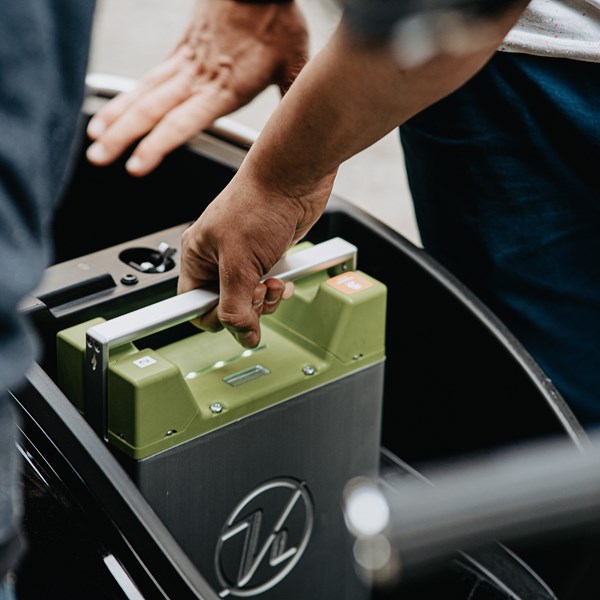Nearly six months on from the opening of the Unified Patent Court and establishment of the Unitary Patent, the frenzy of bulk instructing, preparing and filing bulk opt-outs has died down for the world’s patent professionals. Opt-outs will continue to be filed over the next few years but we now find ourselves with the time to reflect on the new system that is in place.
At the time of writing in October 2023, almost 11,500 Unitary Patents have been granted, which at a rough estimate appears to be around a third of the patents which the EPO has granted since June 2023. There are also around 70 cases that have been filed at the UPC that are visible on the UPC’s case management system, though it is understood that more are lurking beneath the surface.
Applicants and litigants are thus not ignoring the new European patent regime. However the level of activity suggests that time and thought will be required before business comes to rely on it over national patents and enforcement proceedings.
As part of this, practitioners should now be thinking about the advantages of the system over and above the simple cost saving (which in many cases might not exist). In the Unitary Patent we have a new tool in our box and our inclination is to find ways to use it to its best advantage. Our thinking starts with the interplay between the European single market and the much larger proportion of it that a Unitary Patent can encompass within a single enforceable right.
We think that the ability to enforce a patent which is infringed across more than one European country without having to enforce more than one patent is a significant boon for the value of process claims. We envisage this point being especially attractive to the chemical manufacturing industry.
In a scenario where an infringing process is being used in one EU country to make a product for sale in another, a patent owner using traditional validations has some headwinds in seeking to prevent the sales. Firstly, it would need a patent in the EU country of manufacture. If that country is not one of the traditional patent jurisdictions and was not in mind at the time of validation, there may not be one. Even if there is a patent, if that country were not to have a busy patent court, the patent owner may be wary of using it as a first forum.
Turning to the country of sale, the patent owner faces a different challenge. It must be able to show that the product is a direct product of the patented process. This might be a challenge of argument (perhaps the way the product is integrated into a complex product could be said to change it) or of evidence (how to show a process has been used). The latter is difficult when the importer or seller is a distributor rather than the manufacturer. Ways may need to be found to bind the manufacturer into an action in order to adduce evidence.
These challenges are reduced with the large single territory, involving a large proportion of the EU single market, of the Unitary Patent; it currently covers 17 EU states and is expected to cover 24. Manufacturer and distributor are more likely to be operating within the same patent territory and so the source of an infringement should be easier to plug.
The Unitary Patent Court, as the only enforcing court of a Unitary Patent, also offers a significant advantage over many of the old national fora. Its application for “Preservation of Evidence”, similar to the French saisie contrefaçon offers a means for answering the traditional question about process claims: “how do I know if there is infringement?”
In making an order for the Preservation of Evidence, which can even be made on an ex parte basis before full proceedings are on foot, the court can direct entry to premises of a suspected infringer to allow inspection of a process line and the recording of evidence regarding infringement of a patent. This can provide patent owners with a valuable tool in defending their rights which is not typically available, at least in quite such liberal fashion, in many of the traditional patent enforcement fora.
These upsides are far less compelling when considering product claims. In those cases, infringement is usually easier to detect and protection in the largest countries of the EU single market by commercial value, along with the main ports, is usually enough of a deterrent to infringers. Where applications contain product and process claims, especially when they have independent value, applicants may wish to use divisional applications to allow for a Unitary Patent for a process claim and traditional (opted-out) validations for the product claims. This strategy would take the advantages of the Unitary Patent for process patents but shelter valuable product claims from central attack.
We think that the larger single patent territory of the UPC and its including most of the EU’s single market, alongside the potential for orders for the Preservation of Evidence provide powerful incentives to use Unitary Patents for process claims. Moreover, we expect to see the development of strategies for high value cases where process claims and product claims are split into divisional applications allowing for tailored enforcement strategies for each.






